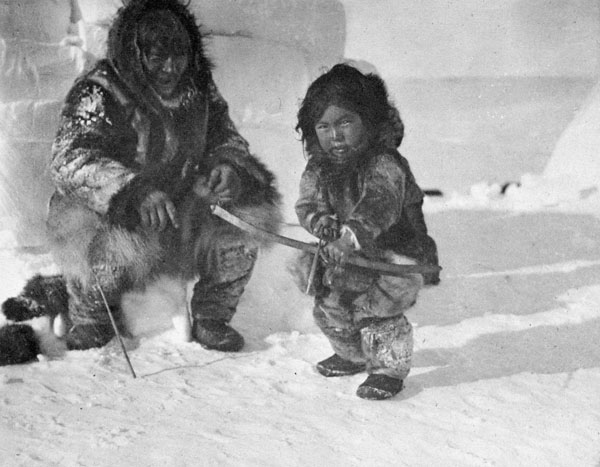In our discussion this module about stereotypes and critical media anaylsis, I came upon the organization BluePrintForLife which runs the program “Social Work through Hip Hop.” Through the medium of hiphop, this program facilitates social work development and healthy indigenous communities in the Arctic North. Projects are designed with specific communities in mind, but generally deal with issues such as anger, violence, sexual abuse, addictions, positive outlets.
[youtube]https://www.youtube.com/watch?v=A5Q9EpqgfF0&feature=player_profilepage[/youtube]
Elders, adults, and youth are encouraged to participate side by side in fun events such as throat-boxing (Inuit throat boxing combined with beatboxing) as well as complex discussions of anger, violence, sexual abuse and addictions.This program addresses the multigenerational healing of communities – take the Elder DJ component for example; a way in which Elders can model positive risk taking along with opening dialogue through sharing a laugh.

